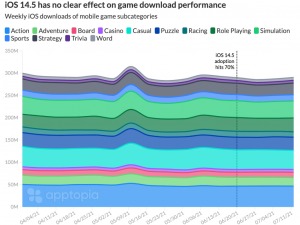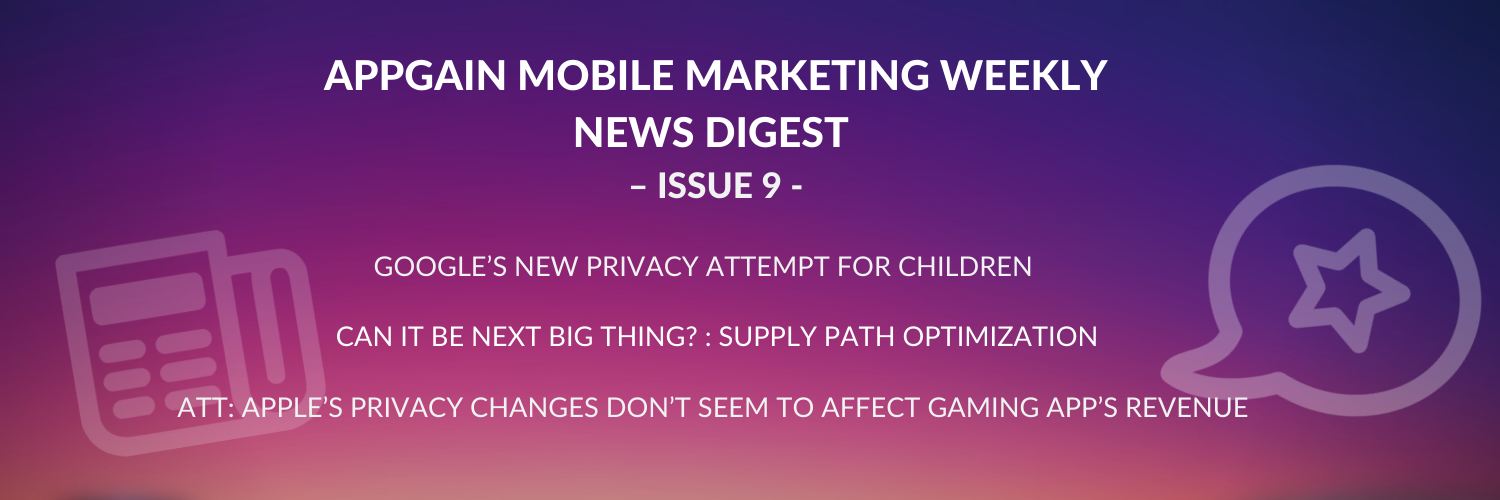Google’s New Privacy Attempt for Children
Google’s latest announcement was focused on children’s digital security.
They are planning to make an update that will increase age-sensitive ads’ control.
According to the announcement, the update will restrict some ad targeting based on children under 18. In a blog post
Google said the update will allow all under-18s and their parents or guardians to request that photos of teenagersbe deleted from Google Image search results to decrease child abuse.
Furthermore, the new features, including “take a break” and bedtime reminders, were on the way.
For users who are 13 to 17, the autoplay can be automatically turned off. Also, more features will aim to allow the users to monetize their settings for their best well-being.
In the upcoming weeks, Google will restrict excessively commercial ads on YouTube Kids.
Those materials will include videos that focus on product promotion that encourages children and youth to spend unconditioned money
You can see the video below for a detailed analysis and explanation of YouTube’s latest updates:
ATT: Apple’s Privacy Changes Don’t Seem To Affect Gaming Apps’ Revenue
Apple’s iOS privacy modifications, which mainly introduced the App Tracking Transparency framework, shook the mobile industry. As we mentioned in our previous blogs, the feature gave the users the ability to control and see which app was tracking which data.
At the same time, Apple asked the users’ permission when entering the app if they allowed the app to track their data.
Marketers, and especially gaming apps, have been concerned about fewer imported applications being installed in Facebook ads.
Some businesses have delayed upgrading their apps to avoid the ATT message until they discover
a method to collect the needed data again.
Apple was, and still is, the primary target for the majority of mobile firms. They argue that Apple excludes rivals by blocking economically important information from being disclosed.
But when time passes, the data shows that ATT didn’t affect the mobile industries’ revenues and downloads. More than 3 of 4 Apple users have updated their iPhones to at least 14.5. Meanwhile, there was no decrease in the gaming app’s download rate. When we see the revenue of the apps, we don’t see a decrease either.

We know that Apple specifically prohibits fingerprinting to identify a device or a user individually. Still, some companies think that probabilistic attribution is a solution that can assist marketers in predicting if the ad reached a download or not. We need to say that probabilistic attribution is also controversial.
You can read the discussion and explanation in our previous blogs.
Can it Be the Next Big Thing?: Supply Path Optimization
There is a strong expectation from marketers to have a bigger ROI for every dollar spent. Meanwhile, the complexity and privacy issues in the digital area and the marketing that’s been thought of are being challenged. The urge and race to gain more revenue from ads sometimes result in unwanted consequences. Lately, a technology that’s giving promising signals is gaining attention: supply path optimization (SPO).
SPO refers to strategies developed by advertisers and/or demand-side platforms (DSPs) to provide the most direct, trustworthy, verifiable, and efficient pathways to publisher inventory.
According to Anupam Dikhit, Microsoft’s APAC director of digital, social, and experiential marketing, untransparent media always necessitates more investment. This perspective lacks a piece of specific information about the audience, causing uncertainty about where that dollar goes. In other words, untransparent ads cannot aim at a solely specific audience. That’s why tracking and measuring the money invested in that specific campaign is getting more difficult.
You can watch a webinar with Anupam Dinkhit explaining data-informed strategies:
To get more into the reasoning, we can say auditing, measuring, analyzing, and optimizing around a more transparent approach has traditionally been very laborious, which means marketers frequently rely on agency and tech partners for assistance.
Technology is improving in the future, with solutions such as supply-chain optimization and markets coming into play.
Finally, verifiable and direct campaigns might be the future of digital marketing. Automation is still required In addition, the most efficient ways need to be embraced.
In this newsletter, we mentioned Google’s latest privacy updates for youth, ATT’s effect on most mobile apps, and supply-chain optimization,
which is considered the new way of doing digital marketing. We will be following up on those topics and bringing you the latest updates. To be informed about what’s up, scroll down to subscribe to our newsletter.







